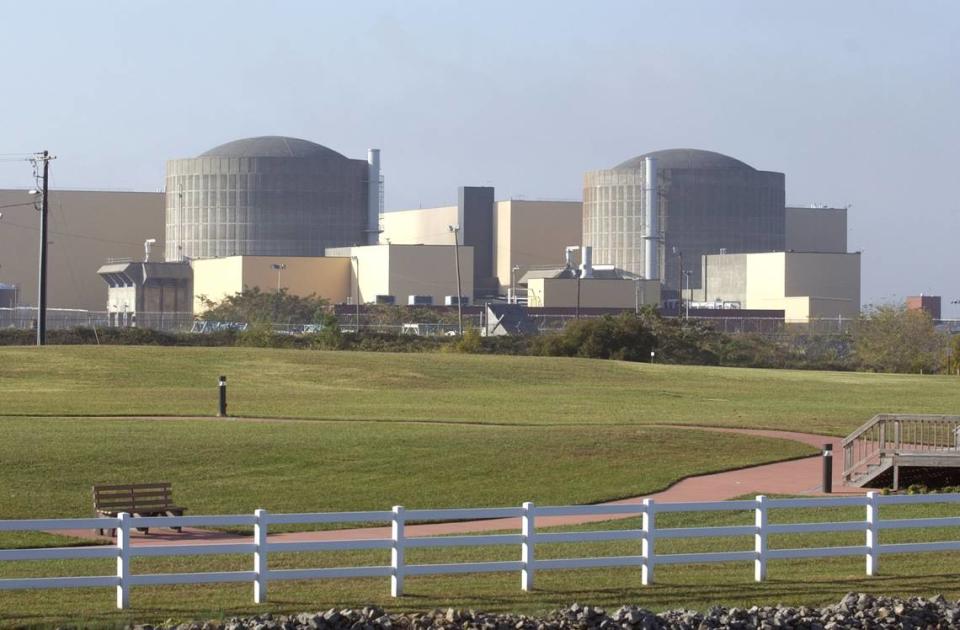Is there a flooded town under Lake Norman? History of NC’s largest man-made lake.
Lake Norman, North Carolina’s largest man-made lake that covers more than 32,000 acres in four counties and boasts 520 miles of shoreline, is home to many of the Charlotte area’s fastest-growing suburbs.
But before those communities around the lake that thousands now call home — including Huntersville, Mooresville, Davidson, Cornelius, Statesville and Denver — became what they are today, most of the area consisted of farm land and wilderness.
In the 1920s, Duke Energy began buying land that would later become the lake for as little as $200 per acre, Our State Magazine reported. The company acquired all the land it needed by the mid-1950s.
Building Lake Norman
Construction on the state’s largest man-made lake began in 1959 and was completed in 1964 by Duke Energy, then known as Catawba Power Company, after the company built Cowan’s Ford Dam across the Catawba River in Huntersville as an additional power source, according to Visit Lake Norman, a tourism website.

Though it was completed decades later, plans for the dam date back to 1890s, when William States Lee, an engineer who worked on the Niagra Falls dam, proposed a similar project for the Catawba River.
When Lee and his friend, Dr. Walker Gill Wiley, met with James Buchanan Duke, a tobacco tycoon in North Carolina, and disclosed the idea of damming the Catawba River in 1905, Duke wrote them a check for $50,000 to start the Catawba Power Company, Our State reported.
Nearly 20 years later, McGuire Nuclear Station – a two-unit, 700-acre plant that that employs roughly 650 people – opened next to the dam. Today, the plant produces 2,316 megawatts, enough to power more than 1.7 million homes, according to Duke Energy.

What’s under the lake?
According to the Davidson College digital archives, many landmarks, including cotton mills, farms, churches and cemeteries were either moved or flooded during the lake’s construction.
Among those landmarks is Beatty’s Ford in the center of the lake, the area where Scots-Irish pioneer John Beatty crossed the Catawba River in the early 18th century. Beatties Ford Road in Charlotte and Beatty’s Ford Park in Denver are named for John Beatty.
The Long Island Mill and Village, one of the oldest cotton mills in the South once located where Sherills Ford is today, was closed in 1959 to make room for Lake Norman. The lake overflowed on both sides of the Catawba River, covering the mill.
A few bridges were also demolished, including one on the north side of lake on N.C. 150 that was eventually replaced, and the Unity Church Road Bridge, which connected Unity Church Road in Denver to Bethel Church Road in Cornelius.
